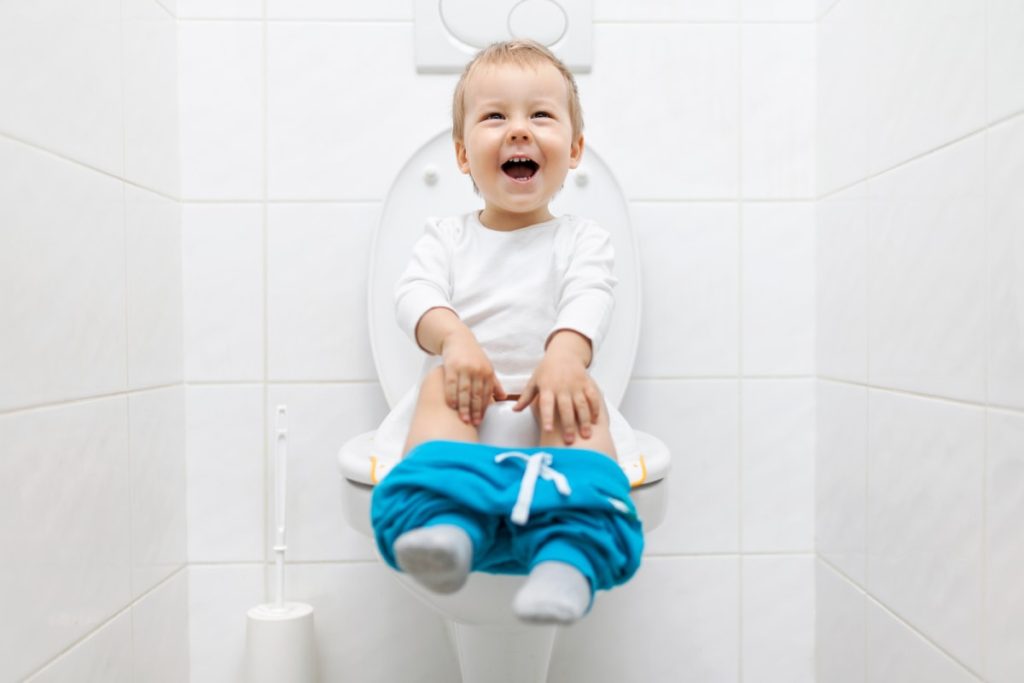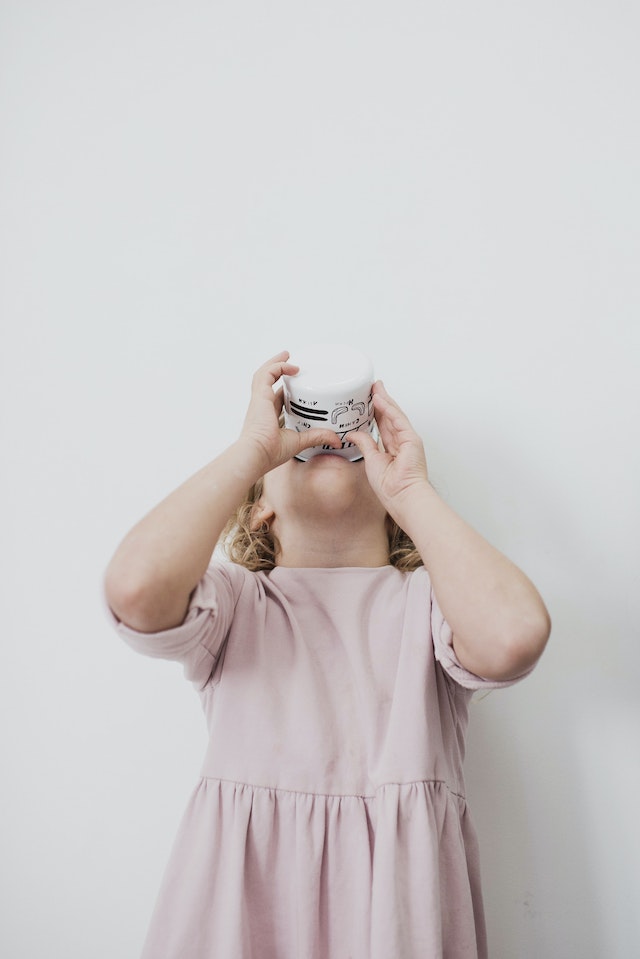What’s the right time for potty training the toddler?

Toddlers are those babies within the age group 18-36 months, though it may vary. They are very active as they toddle around throughout the day. Babies at this age are most active and curious about their surroundings. They are at the age where they can slowly start expressing what they feel in their way. As they are not lying down or sitting at a single place, they start feeling the diapers’ heaviness and uncomfortableness when moving around. Parents must observe the changes in their behavior and decide the right time to get rid of the diapers.
The right time to potty train
There is no perfect answer to this question, or we can say there is no ideal time to potty train. Some toddlers get potty trained quite early, while some take a much longer time. Parents should not force their toddlers to get trained. They must be given time to make themselves adjust to the situation. Until and unless they are comfortable when to go to the bathroom and sit in the toilet, they should not be forced to let go of their diapers.
Related Topic: 10 ways to deal with whining behaviour
Parents should keep an eye on the toddler’s behavior and observe if they are uncomfortable or grumpy as soon as their diaper gets heavy. If they show signs of irritation quite often, it’s the perfect time to start potty training for the toddler.
Toddlers are often curious about the things going around. They start recognizing their surroundings. They move around the rooms often. Parents must regularly make them hear about the bathroom and its use in a fun way. Parents should make them understand that everyone needs to go to the bathroom. It will make them curious about it, and it would be easy for their parents to start their potty training.
Potty training is not a quick task. It takes a lot of time and patience to get them trained. Parents must be cautious not to make it a tedious task for their toddlers. If it does not go as planned after starting the training, parents should not hurry, take a step back, and start all over again. The training should be fun and interesting for the kids.
Also Read: 5 Toys You Should Not Buy for Your Kids
Initially, the toddlers should be taught to inform when they feel to ‘pee’ or ‘poo’ even on their diapers. Getting the habit to tell it would give the parents the idea of their time when they get the urge. The toddlers get the idea that they need to be informed every time they need to go ‘pee’ or ‘poo’. After they get used to the habit, parents can then gradually introduce them to the bathroom.
When parents are unsure whether their kids are ready to be trained or not, they must gradually reduce the diaper time. If the toddlers stay dry for a longer duration, parents can introduce them to underwear for an hour or two. As regular underclothes are comfortable and more eye-catching than normal diapers, toddlers would often be interested in wearing underwear. That is the right time when parents can introduce them to the bathroom and understand that only after going to the toilet can they wear it for a longer time.
Also Read: 5 Things You Should Not Wear While Grocery Shopping with Infants
Ultimately, the right time to potty train is entirely on the toddler, when, and how they are comfortable. The more comfortable they are, the easier it is for the parents to train them. When starting their training, parents should not plan any vacation or function where they could not properly focus on the child’s training. Potty training needs consistency;
parents should plan well at the earliest and make their schedule to potty train as such. If, in any case, the training gets interfered with, they should start all over again.
If possible, potty training should be done earliest as it is a healthy alternative to using diapers. Continous use of diapers can cause rashes and other skin irritation in toddlers. It is advised by doctors to avoid contact of the toddler’s skin with the wetness caused by the diapers for a longer time as much as possible.
You may like: You should stop saying these 6 things to your kids.
According to a study, most families spend just eight hours a week together on average, whereas a weekend should consist of a minimum of two hours devoted to children. Moreover, we see that ‘family time’ may often end up in members watching TV in silence, busy reading, or on phone out of sheer exhaustion. Such a phenomenon may amount to a total lack of parent-and-child bonding resulting in a number of behavioral problems and other insecurities that may affect a child into his or her adult years. Read More:
![]()











